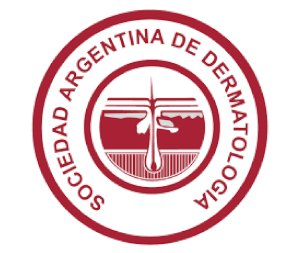Lichen sclerosus of the vulva and squamous cell carcinoma
Resumen
Introduction: Lichen sclerosus is a disease whose features include skin and mucosa involvement. Its location in the vulvar area requires an approach both by gynecologists and dermatologists. An exhaustive monitoring of these patients must be made in order to improve their quality of life, and to prevent the disease transformation into squamous cell carcinoma.
Objectives: To determine the incidence of lichen sclerosus in our study group and its relation to squamous cell carcinoma.
Material and Methods: Our study included 32 patients with genital lichen sclerosus evaluated at the Vulvar Pathology Section along a five-year period.
Results: Lichen sclerosus represented 7.05% of consultations at the Vulvar Pathology Section. The age of the 32 evaluated patients ranged from 50 to 82 years with a mean age of 66 years.
Familial incidence was observed in one case (3.12%) in which both mother and daughter were affected. In 96% of the patients the main symptom was pruritus. Of the 32 patients with lichen sclerosus, six (18.75%) were associated with squamous cell carcinoma, of whom four (66.7%) were differentiated VIN and two (33.3%) were invasive carcinomas. During follow-up, one patient died of complications arising from her tumor.
Conclusions: Lichen sclerosus is a frequent disease that should be assessed jointly by dermatologists and gynecologists. Malignant transformation in 18.75% of our patients justifies the need for a thorough clinical and histopathological follow-up with the aim of an early detection of neoplasias
(Dermatol. Argent., 2011, 17(5): 365-369).
Keywords lichen sclerosus of the vulva, squamous cell carcinoma.
Descargas
Publicado
Número
Sección
Licencia
El/los autor/es tranfieren todos los derechos de autor del manuscrito arriba mencionado a Dermatología Argentina en el caso de que el trabajo sea publicado. El/los autor/es declaran que el artículo es original, que no infringe ningún derecho de propiedad intelectual u otros derechos de terceros, que no se encuentra bajo consideración de otra revista y que no ha sido previamente publicado.
Le solicitamos haga click aquí para imprimir, firmar y enviar por correo postal la transferencia de los derechos de autor










